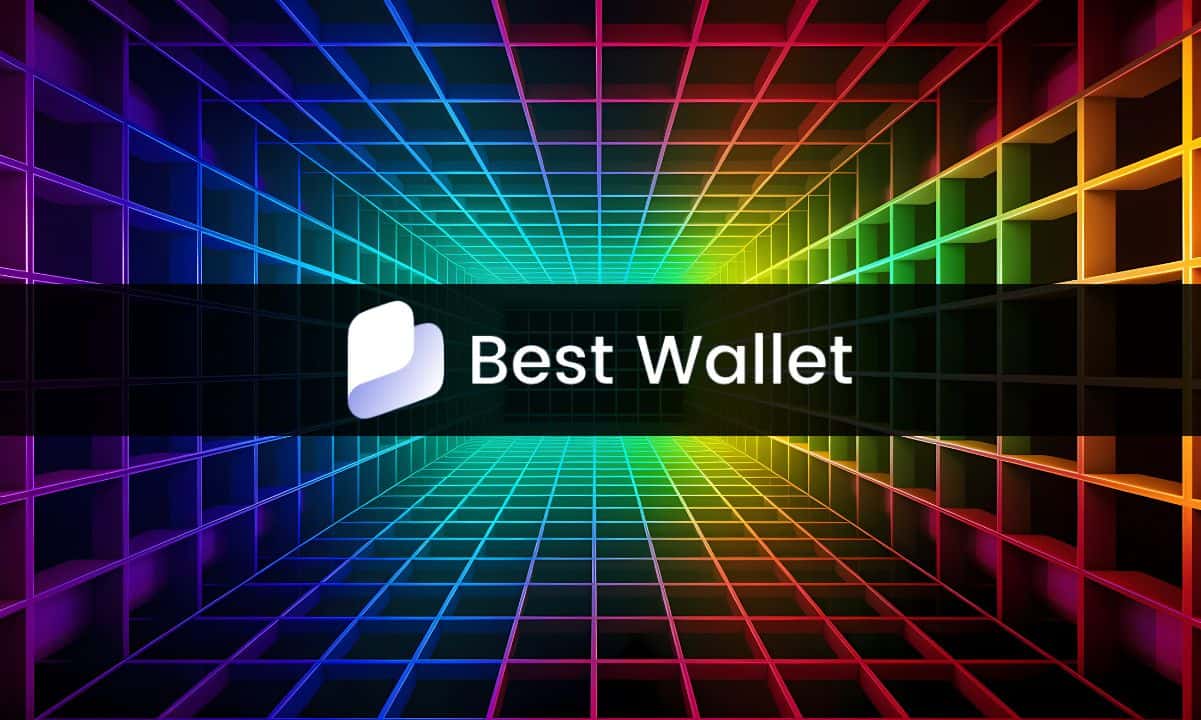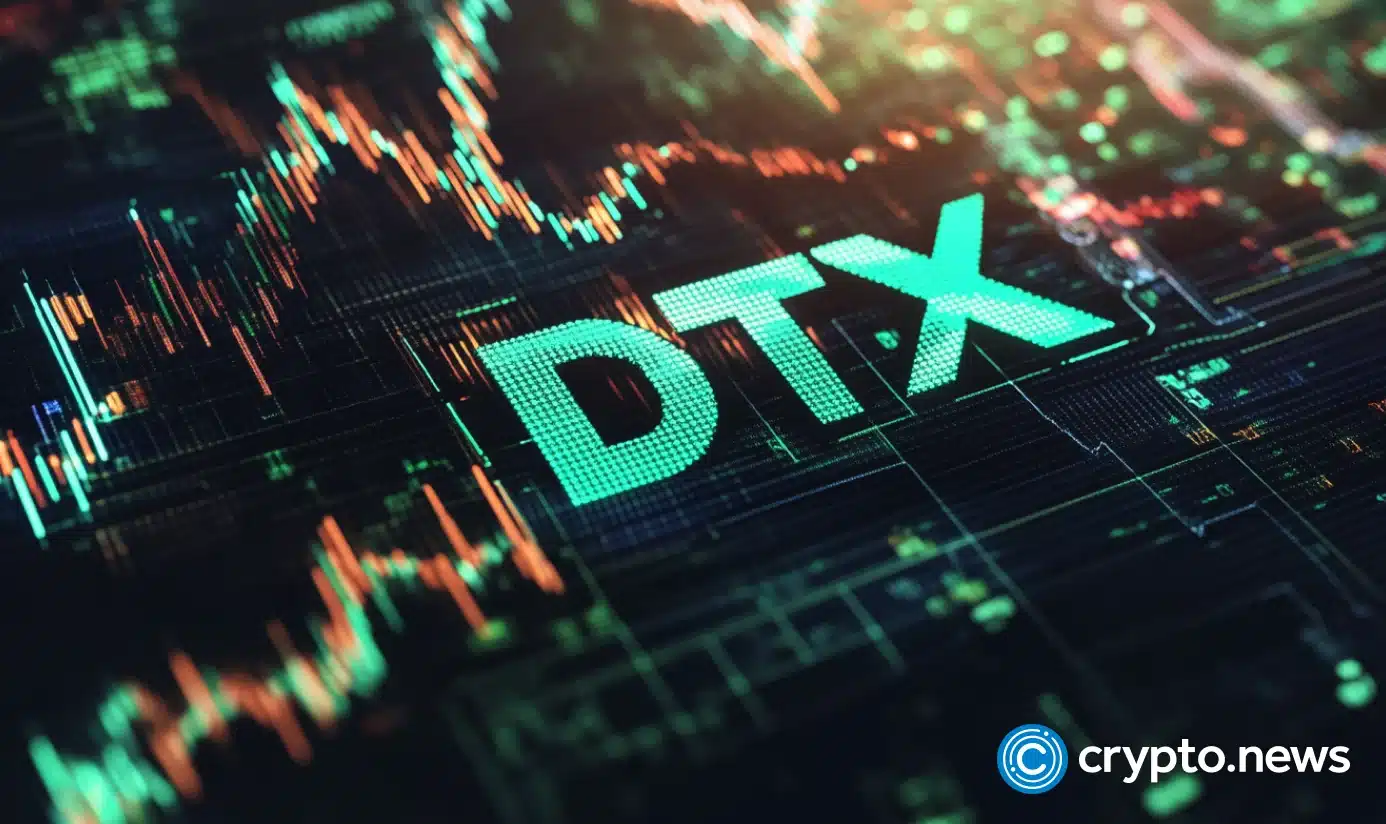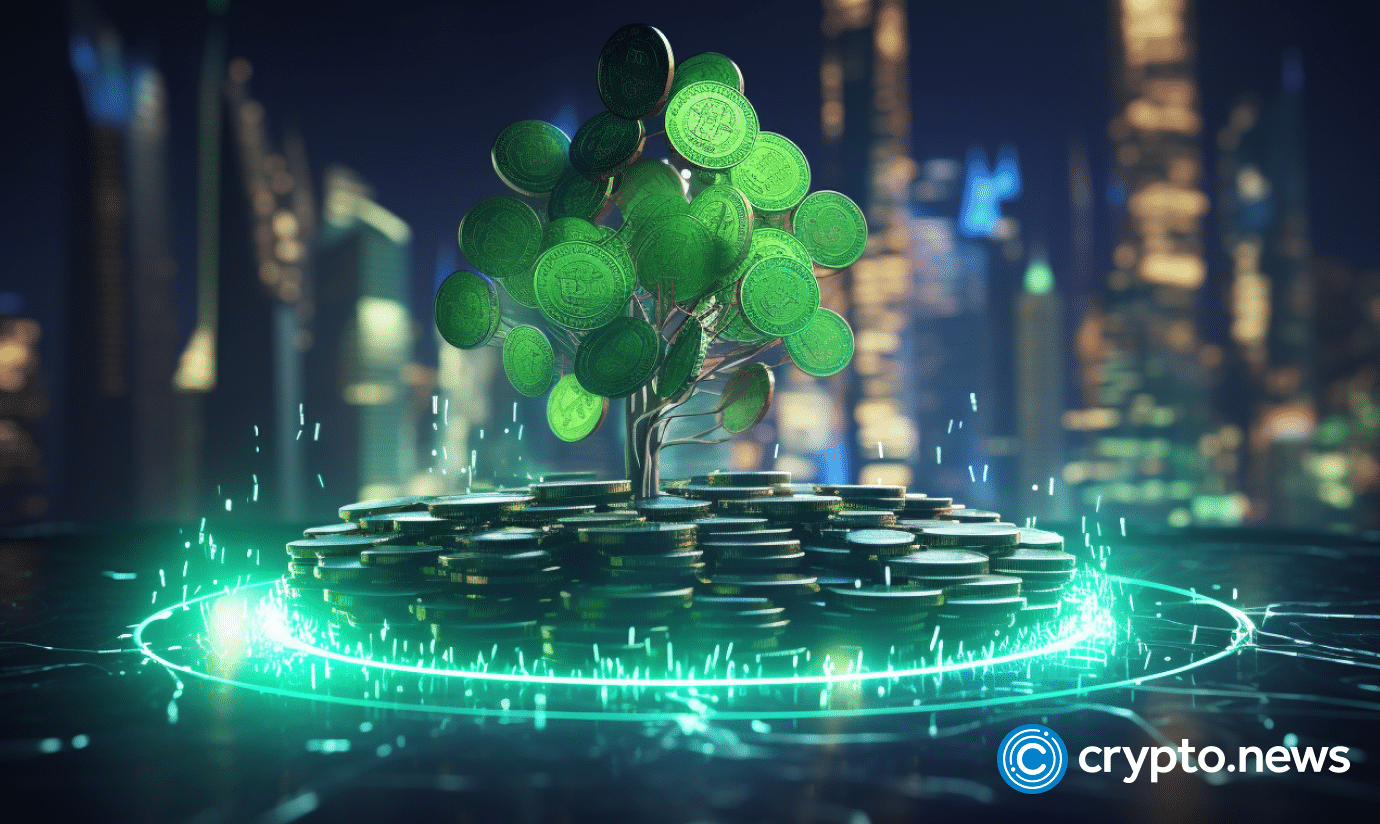Non-fungible tokens (NFTs) have proved to be extremely useful and innovative. However, one of the current issues is how they affect the environment. We can’t argue with the fact that many technologies are affecting the ecosystem and people are trying to find plans that will improve sustainability. Many blockchain technologies use a lot of energy, especially those that use proof-of-work.
There are efforts already to come up with plans and innovations for environmentally friendly NFTs. The goal is to reduce their carbon footprint. Read on as we’ll discuss the future of energy-efficient NFTs, the role of green blockchain solutions, and the evolution of sustainable NFT projects.
The Environmental Issue with Traditional NFTs
Explaining the environmental problem concerning traditional NFTs is extremely important as we start to understand sustainable NFTs. You see, NFTs are issued on Ethereum, which used a proof-of-work (PoW) system until recently. PoW needs miners to solve complex problems to validate transactions, which then consumes large amounts of electricity. For comparison, the energy used by Ethereum in its PoW days rivaled the energy consumption of some small countries.
Transition to Energy-Efficient Blockchains
A change to proof-of-stake in 2022 reduced Ethereum’s energy use by more than 99%. In PoS, validators take the place of miners, and they are much less power-consuming to secure the network. It set the way for more energy-efficient NFTs.
Other blockchain platforms also help develop green blockchain solutions. Tezos, Flow, and Solana are some of the known energy-efficient blockchain networks; the interaction of these with the environment is minute compared to older blockchain networks like Bitcoin. These are always the sites to go to for those who intend to create eco-friendly NFTs.
Table: Comparison of Energy Consumption (kWh/Transaction)
Blockchain | Energy Consumption (kWh/Transaction) |
Bitcoin | ~707 |
Ethereum (PoW) | ~62 |
Ethereum (PoS) | ~0.0026 |
Tezos | ~0.0016 |
Solana | ~0.00051 |
Eco-Friendly NFT Projects
With increasing awareness of environmental issues, more projects are targeted at building green or environmentally-friendly NFTs. Some projects have been built on carbon-neutral blockchains. Others implement offsetting on their emissions by joining hands with environmental organizations. Many are leading in this arena, and here are a few of the leading sustainable NFT projects:
- Hic et Nunc-Tezos: This has become a hotbed for green NFTs, as the Tezos blockchain is very energy-efficient. The focus of its model is sustainability, and therefore, it has attracted a big following among artists looking for greener alternatives.
- Aerial: Aerial is a way for both creators and collectors of NFTs to measure their NFT’s carbon footprint and purchase offsets. For instance, this makes NFTs minted on energy-intensive blockchains carbon-neutral.
- OneOf: OneOf is another Tezos-based platform. Its focus is primarily support for greener musicians and artists, and with its low cost and energy consumption in minting, it is a real contender in the field of NFTs.
- World Wildlife Fund: By the end of 2021, the WWF had issued a series of NFTs, called Tokens for Nature, minted on the energy-efficient proof-of-stake blockchain Polygon. The WWF uses the NFTs as a means of funding wildlife conservation-providing a link between digital art and tangible consequences in the real world.
These examples show how one can have the best of NFTs without necessarily being an active contributor to environmental degradation. Through energy-efficient blockchains or carbon-neutral solutions, NFT creators can thus contribute toward an overall reduction in carbon emissions from the industry.
How Carbon-Neutral Crypto Can Support the NFT Movement
By definition, carbon-neutral crypto refers to those cryptocurrencies or blockchain projects that offset their carbon emissions by investing in renewable energy projects or buying carbon credits. These are essential to the reduction of environmental degradation from blockchain technology.
It’s currently the case that many of the NFT platforms offer carbon offset programs wherein a user would actually be able to fund green NFTs. That is to say, for every single creation of an NFT, it offsets the amount of energy used by funding green initiatives, planting trees, or funding renewable energy projects.
With the use of carbon-neutral crypto, creators and collectors alike will be able to ensure that their NFTs contribute less toward climate change.
What the Future Holds for Sustainable NFTs
Here are a few trends that are shaping this movement:
- PoS blockchain adoption: More NFT platforms will likely be making their way toward PoS or some other low-energy blockchains in the near future. This could mean the overall carbon footprint of NFTs will go down significantly.
- Integration of carbon-offset tools: The platforms would increasingly be able to offer creators and buyers better tools to trace the environmental impact of the NFTs, thus enabling carbon offsetting.
- Innovative Approaches towards Green NFT: Proof of Green and KlimaDAO are working on even more efficient ways of reducing the impact on the environment from blockchain technology.
- More Regulation for Transparency: If environmentally friendly NFTs become more in demand, it might also lead to increased regulation within the industry on critical aspects such as energy consumption and carbon offsetting that are considered sustainable.
How You Can Support Sustainable NFTs
If you’re an artist, collector, or enthusiast interested in reducing your environmental impact, there are several ways to support the move towards eco-friendly NFTs:
- Choose energy-efficient platforms: Opt for platforms built on green blockchains like Tezos, Flow, or Ethereum (after its PoS upgrade).
- Support carbon-neutral projects: Look for NFT marketplaces that include a carbon offset program in place to negate emissions from the creation or minting of NFTs.
- Raise awareness: Generally, spread the word about the ecological impact of NFTs and the alternatives that are out there, while encouraging your network to hold on to sustainable NFT activities.
Every stakeholder in the ecosystem can contribute to building a sustainable future for all in the NFT ecosystem by making conscious choices.
Subscribe to Coinbackyard’s newsletter to get the latest updates and guides!
Remember, investing in cryptocurrencies involves risks, and it’s important to conduct thorough research and seek professional advice before making any financial decisions. (Please keep in mind that this post is solely for informative purposes and should not be construed as financial or investment advice.)

















 English (US) ·
English (US) ·